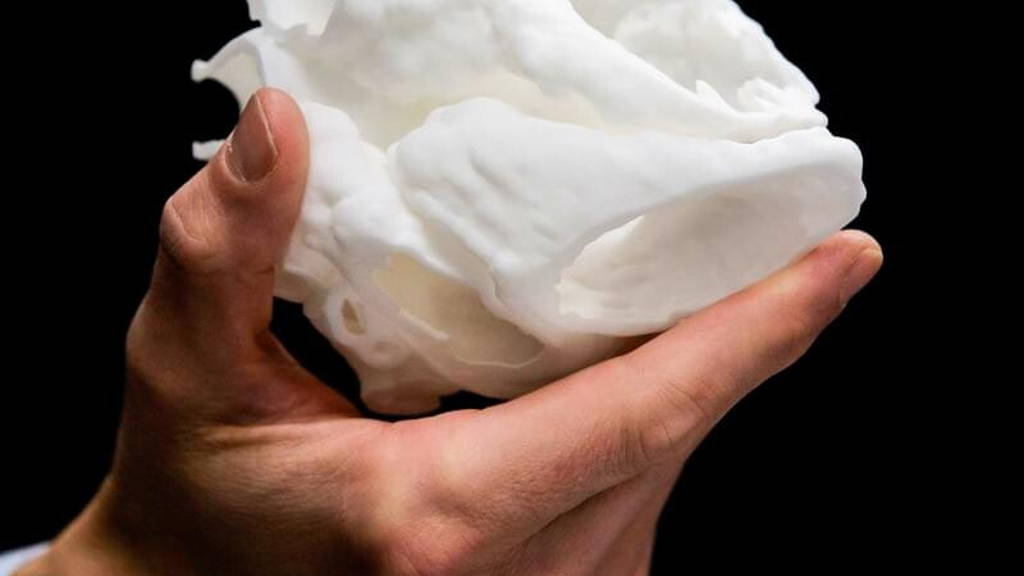"We have to stop a baby’s heart to do complex reconstruction. The longer it takes, the more problems there will be afterwards," said Ivy's cardiothoracic surgeon, Dr. Vincent Tam. In came the Cook Children's Health Care System's newest high-tech tool: a 3-D printer. The printer created a replica of her heart for his team to practice on so they would have a better idea of what to expect before any incision was made.
3D printing changing healthcare
The technology used by Cook Children's puts the facility at the forefront of a trend that is rapidly making its way into the U.S. health care system, Dallas News writes. Though 3-D printing is relatively new to health care, it is becoming "all the rage," according to a 2015 technology-to-watch list from the ECRI Institute. In 2015, the U.S. Food and Drug Administration approved the first 3-D printed drug, and the agency hopes the technology can modernize drug manufacturing to boost supply. Others in health care are using it to create customized prosthetic devices, hearing aids and even teeth.3-D printing in health care is expected to be a $2.3 billion business by 2020, according to a report last year from Allied Market Research. Tissue engineering was the fastest-growing segment, but medical and surgical centers accounted for two-thirds of the market, the report said. The industry has also caught the attention of regulators. Last spring, the federal branch that oversees medical devices issued draft guidance to address the propagation of 3-D technology in health care.
Better insights through 3D model
There are several reasons 3-D printing and other virtual reality techniques are exciting to health care providers. Ultrasound images allowed doctors to view Ivy's heart on a monitor, however, the flat, grainy images did not provide the full 360-degree picture they needed. 3D-printed models can convey information derived from medical images in a physical way to clinicians who are used to working with their hands.The surgeon operating on Ivy, Dr. Tam, had studied the model. It had the exact dimensions of Ivy's heart with all of its grooves and chambers. He used it to map out his strategy well before the procedure. There was "no eureka moment," Tam said. "But the 3-D model made planning and visualizing the baby's heart defect much easier."
That's part of the promise noted by market researchers. 3-D printing — also known as additive manufacturing — "caters to rising demands of personalized medical care," according to the Allied report. Its use could reduce the duration of surgery, help surgeons see what the risks are for a person before an operation and help generate more effective pre-operative plans, the report said.

